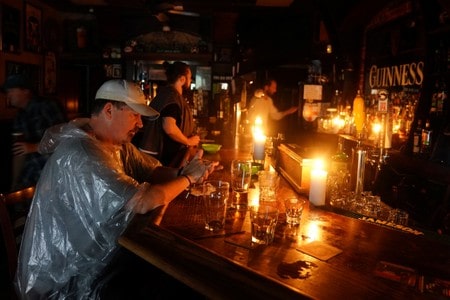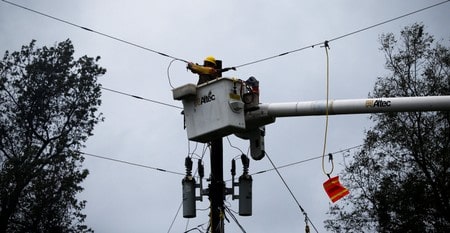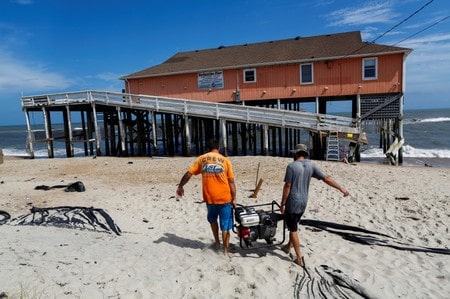By Lisa Rapaport
(Reuters Health) – Homeowners in North Carolina and South Carolina who lost electricity in the wake of Hurricane Florence need to realize that backup generators and other temporary power sources can cause carbon monoxide poisoning, scientists warn.
Portable generators, camp stoves, and charcoal camp grills can all emit enough carbon monoxide to cause severe injury and death when they’re used indoors or on porches where there isn’t enough ventilation, researchers warn in the American Journal of Public Health.
“It has been recognized `forever’ that storms and generators were a deadly combination for carbon monoxide poisoning,” said lead study author Dr. Fred Henretig, a senior toxicologist at the Poison Control Center at the Children’s Hospital of Philadelphia.
“The fix is now available, and hasn’t been instituted widely as yet,” Henretig said by email. “That fix would be new regulations to limit availability of the high-emission generators, more widespread publicity about their danger, and the news that low-emission models are now available.”
Hundreds of thousands of customers, mostly in the Carolinas, were without power after Hurricane Florence hit the Southeast coast last week, and tens of thousands remain without power.
Unintended carbon monoxide poisonings predictably follow storm-related power outages of this magnitude, in large part because people can’t tell when carbon monoxide is in the air, noted Dr. Kelly Johnson-Arbor of Georgetown University School and the National Capital Poison Center in Washington, D.C.
“You can’t see it, taste it, or smell it, but it can kill you or cause long-term brain damage – it is one of the most common causes of unintentional death in the United States,” Johnson-Arbor said by email.
“Before a storm hits, it is important to make sure that your home has a working carbon monoxide detector in every sleeping area or bedroom,” Johnson-Arbor added. “Make sure you have extra batteries for the detector, because in the aftermath of a storm when the power is out for prolonged periods, carbon monoxide detectors with battery backup will lose power themselves as the batteries are used up.”
Alarms are especially important in multi-family homes and apartment complexes because carbon monoxide can pass through drywall to get from one residence to another, said Dr. Neil Hampson, an emeritus clinical professor at the University of Washington in Seattle.
“These should provide protection against all types of residential carbon monoxide poisoning, not just that resulting from generators following storms,” Hampson, who wasn’t involved in the study, said by email.
When people use generators, they can also take steps to minimize their risk of poisoning, Hampson added.
“Solutions such as equipping generators with long power cables so that they can be operated at an appropriate distance from the home, providing a residential carbon monoxide alarm with each generator sold, fitting generators with automatic carbon monoxide-sensing shutoffs, and re-engineering generators to produce less carbon monoxide have all been proposed,” Hampson said. “As none of these have been required, generators remain a significant risk for carbon monoxide poisoning.”
People should also understand that generators are only one common cause of carbon monoxide poisoning, noted Vanya Jones of the Center for Injury Research and Policy at the Johns Hopkins Bloomberg School of Public Health in Baltimore.
“While this is a large proportion of the carbon monoxide exposures, more than 50 percent were caused by something else,” Jones, who wasn’t involved in the study, said by email. “Other sources of carbon monoxide poising include car exhaust and malfunctioning household appliances that use gas, and it is likely that these exposures may increase after storms too.”
SOURCE: http://bit.ly/2QPKsi2 American Journal of Public Health, online September 12, 2018.




